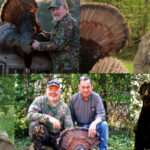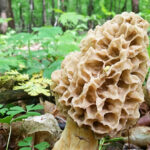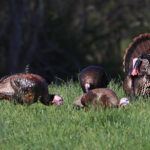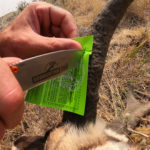Whenever I reflect on the big game hunts that I have experienced, there is one that always sticks out in the front of my mind. And not for the reason that some people think. It wasn’t because of the beautiful landscape, although it was beautiful. It’s not because of the laughs and time spent with friends, although that did accompany the hunt. It wasn’t for any of the stereotypical reasons someone might love to reflect on a particular hunt. It was because I made so many mistakes on this hunt. And that hunt was bowhunting pronghorn antelope.
There was a physical aspect of this hunt, with hiking well over 8 miles a day to get into a good position for a stalk. But I could handle that. Frigid cold temperatures in the morning, and then steaming hot temperatures in the evening. I could handle that, too. But the toughest part, by far, was the massive learning curve that comes with stalking antelope with a bow, and learning from all of the mistakes made along the way.
After reflecting on all of the mistakes that I made, I decided to find out where other hunters struggled as well in hopes of compiling a list of where things typically go wrong. The items mentioned below are a quick list of the top mistakes antelope hunters make each year. Learn to handle these issues ahead of time, and you’ll be well on your way to punching your antelope tag this season.
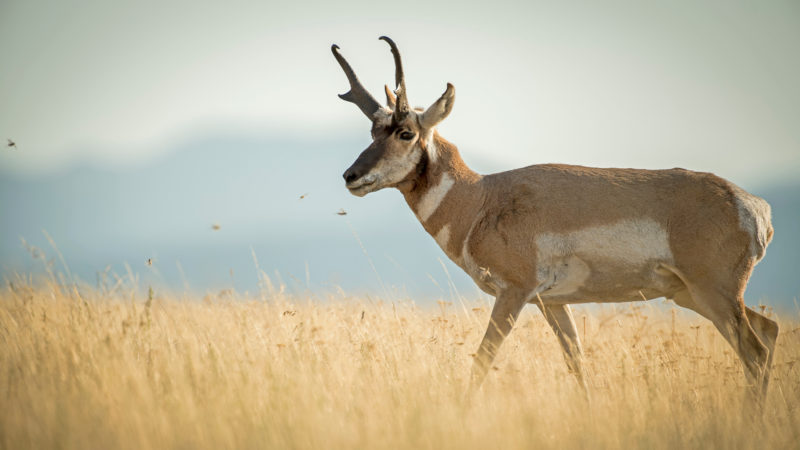
1. Underestimating Their Eyesight
A large amount of my bowhunting experience comes from chasing whitetails in the midwest. While whitetails have more concentrated rods in their eyes than humans have, allowing them to see movement, especially in lowlight conditions, they aren’t able to focus very well, which can allow you to remain fairly undetected.
One of the biggest mistakes I made on my antelope hunt was thinking that all ungulates (whitetail deer and pronghorn fall into this category) have similar vision. This is not the case, as I found out.
Pronghorn antelope have very large eyes that allow them to detect predators far beyond a mile away, and studies have shown they can even detect movement up to 4 miles away. This can make stalking very difficult. Because of this, pronghorn love seeking the high ground where they have a better field of vision. Use this to your advantage and try to cut these speed goats off as they seek the highest point.
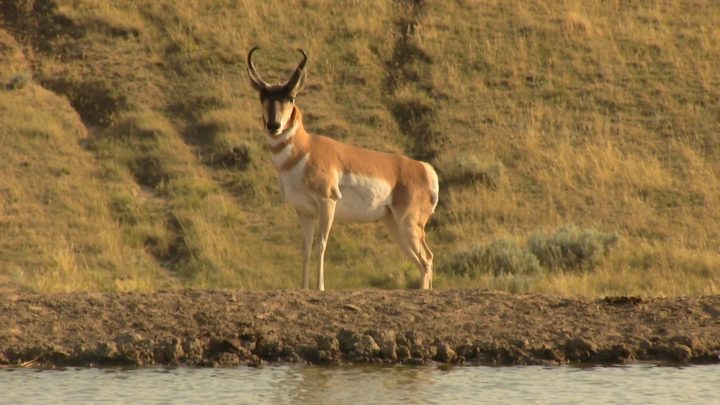
2. Excessive Head Movement
Whether you’re in the ground blind, or hunting out in the wide open, excessive head movement can bite you when hunting antelope. It’s a natural instinct to move your head when scanning an area for the animal that you’re hunting. But it’s far more advantageous to develop the habit of checking with your eyes rather than your head. Slow and subtle head movements are generally okay, but rely on your eyes when checking an area as it cuts back on unnecessary movement that will get you spotted.
Remember, antelope can detect movement from incredible distances. A sudden head jerk is all that it takes to send a pronghorn sprinting for safer ground.
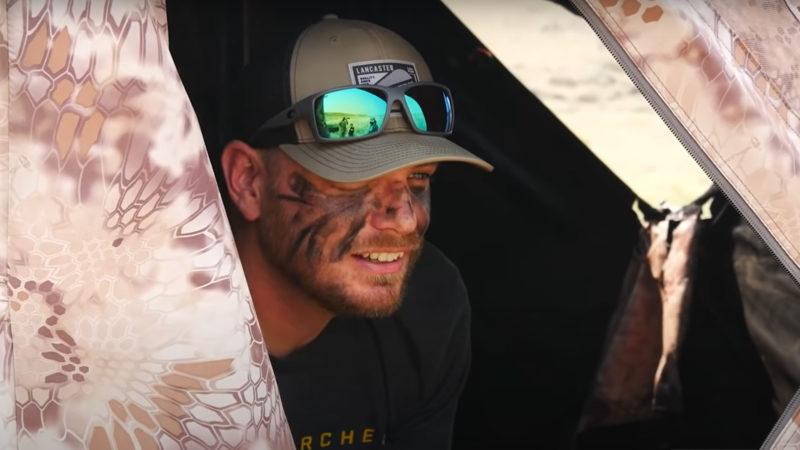
3. Excessive Movement When Drawing Your Bow
Movement is even more critical when you finally get a buck within bow range of your blind. Getting busted when drawing your bow can happen with most any animal, but it’s particularly an issue when attempting to draw on an antelope. Nothing will blow your hunt quicker than a pronghorn spotting the top of your riser as you lift your bow up to draw back in the blind.
What’s the solution?
Try drawing low and slow, staying concealed behind the blind wall or window. When on an effort, draw low and ease up into position for the shot. This will keep you more concealed and allow for a much more fluid motion. Now is also great time to judge your draw weight. If you’re having a tough time drawing back without pointing the bow towards the sky, it might be time to consider dropping your bow weight slightly.
4. Forgetting the Snacks and Water When Blind Hunting
Hunting from a blind can obviously be extremely effective when hunting pronghorn. Especially if you can find an isolated waterhole, or a field that’s a primary food source, such as alfalfa. But this style of hunting takes a great deal of patience, and you may not see animals as frequently.
If you commit to hunting from a blind, make sure that you bring enough snacks and water to get through a long sit. When I hunted pronghorn in Montana a few years ago, there were sits where I wouldn’t see a single animal for 7 hours straight, but the last hour or so of sunlight was on fire. Bring some snacks, drinks, and whatever other items and gear it takes to help you stay comfortable for longs hours in a smoking hot ground blind. Sooner or later, it will pay off.
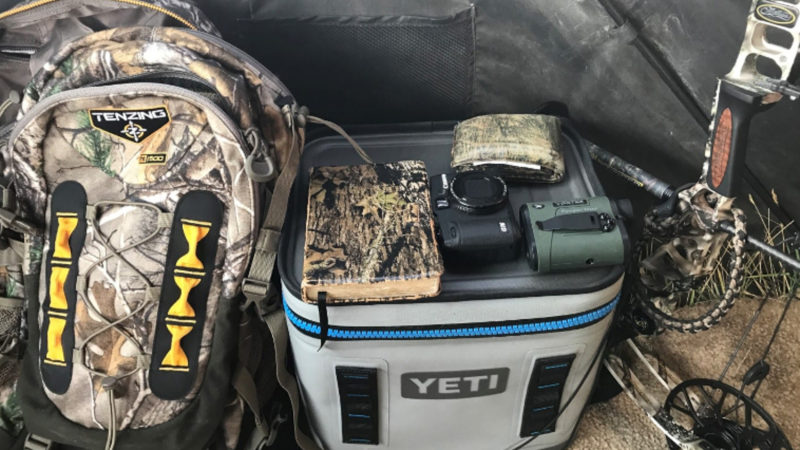
5. Lack of Patience in the Blind or on the Stalk
It’s been said, “Patience is a virtue.” And it’s a really good virtue to have for anyone planning to sit in a ground blind for antelope. As mentioned above, long hours in the blind can be brutal. Most hunters know how important patience is to be successful. Understanding this will help keep you from making impulsive and rash decisions that could lead to blowing it on an antelope.
I remember one hunt where I was sitting over an alfalfa field in a blind for many hours. I hadn’t seen a single antelope, so I decided to get out and see if I could glass from one of the nearby peaks. As I worked my way back down the hill toward my blind, there were close to 10 antelope grazing within 50 yards of my blind. I felt like an idiot.
Have a game plan and stick to it. Don’t lose hope when these animals don’t cooperate. Sometimes this means abandoning a stalk and finding a whole new animal altogether, or maybe it means sticking it out, glassing until the animal is in a better position to pursue. Regardless of what method you prefer, patience will be your key to success.
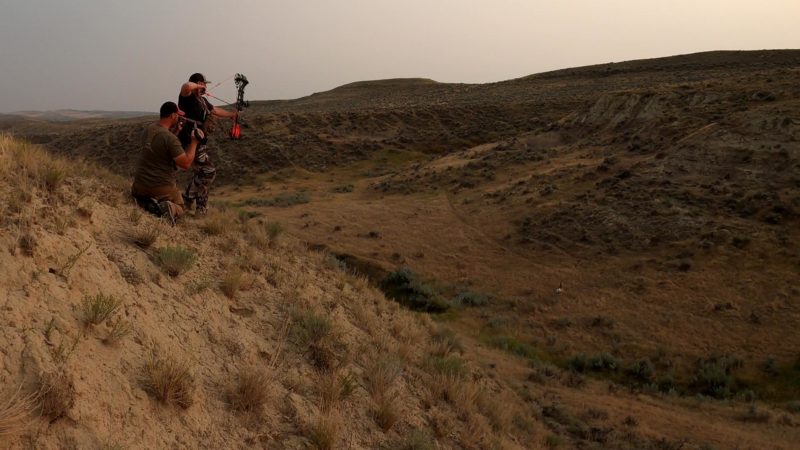
6. Opening Too Many Windows on the Blind
When hunting from a ground blind, we tend to think that opening as many windows as possible gives us the best opportunity to spot incoming game. While that is true, it also gives the animal we are after the best opportunity to spot us. Find which angles you feel will give you the best opportunity for a shot, and only open the necessary windows.
These animals can sense when something isn’t right, and more likely than not, they will be focused on that blind and checking to make sure there isn’t any movement. Slide windows just enough to give you visibility to peek or shoot from, without letting in too much light and exposing your hide.
Not only does keeping windows closed help disguise movement, but it also helps keep some of your scent at bay. Hunting from a blind comes with some challenges, but when it’s done right, it’s a very effective method.
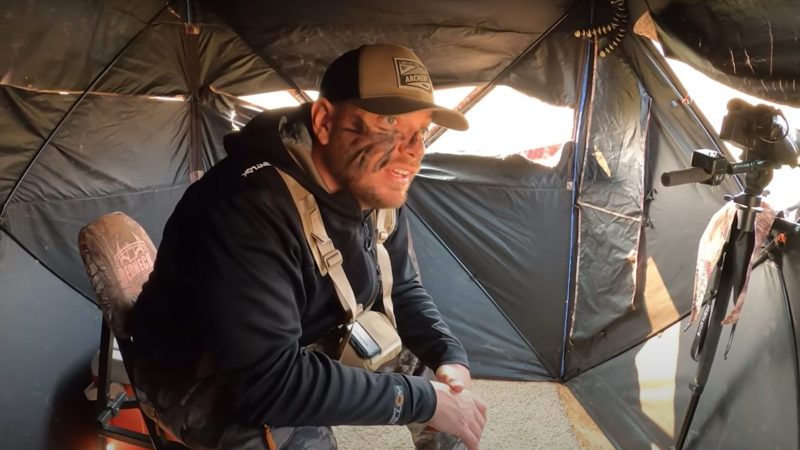
7. Failure to Be Prepared with the Gear You Need
This one seems like a no-brainer, but it wasn’t for me on my last antelope hunt. It just so happens that most of the states that produce incredible antelope populations, also have very unpredictable weather. Be prepared for the worst, and pack for every situation.
The weather, and opportunities, can change quickly throughout the day. You need to be prepared to roll with the punches and have the right gear to keep you in the hunt.
This isn’t only limited to your clothing. Make a gear checklist and ensure that you’re bringing all the essentials with you. A good set of binos, and a quality rangefinder can be one of your best investments when antelope hunting. But there is way more to it than your bow and binos. There is a saying that a hunter can only be as good as his tools. Make sure you invest in the right ones.
Here’s a quick list of must-have gear items to check off your list when preparing for your next antelope hunt:
- Binoculars
- Rangefinder
- Bino Harness
- Knife
- Portable Ground Blind / Comfortable Chair
- Phone / Radio
- Power Back for Recharging Phone
- Backpack
- Small Cooler with Snacks and Drinks
- Books / Magazines
- Quality Footwear
- Moisture-wicking socks
- Rain Gear
- Clothing for Hot and Cold Weather
- Cooler for Meat
- Montana Decoy Antelope Decoy
Planning on a spot-and-stalk attempt for antelope? Check out the video below as the BHOD team heads to Wyoming for some spot-and-stalk bowhunting action.
Make the most of your antelope hunt this season by avoiding the common mistakes mentioned above. Knowing the game, having the right gear, and exhibiting plenty of patience will go a long way towards helping you accomplish your goal of a punched antelope tag this season.

 By
By 